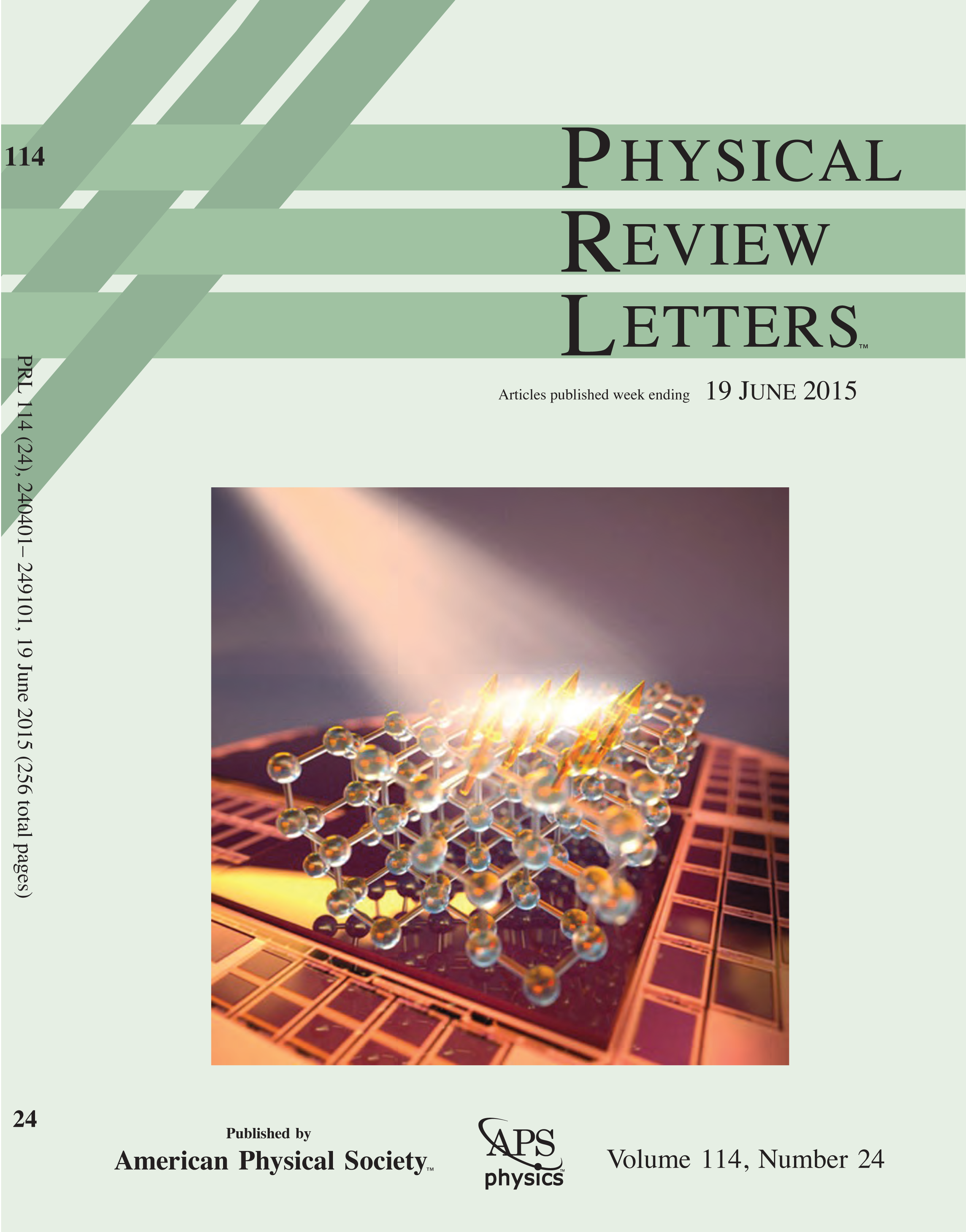Dielectric relaxation studies for model glass-forming liquids confined to nanoporous alumina matrices were examined together with high-pressure results. For confined liquids which show the deviation from bulk dynamics upon approaching the glass transition (the change from the Vogel-Fulcher-Tammann to the Arrhenius law), we have observed a striking agreement between the temperature dependence of the α-relaxation time in the Arrhenius-like region and the isochoric relaxation times extrapolated from the positive range of pressure to the negative pressure domain. Our finding provides strong evidence that glass-forming liquid confined to native nanopores enters the isochoric conditions once the mobility of the interfacial layer becomes frozen in. This results in the negative pressure effects on cooling. We also demonstrate that differences in the sensitivity of various glass-forming liquids to the “confinement effects” can be rationalized by considering the relative importance of thermal energy and density contributions in controlling the α-relaxation dynamics (the Ev/Ep ratio).
